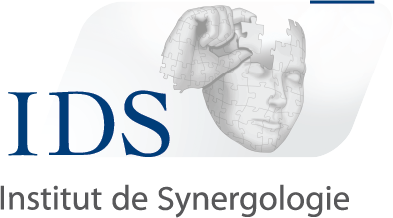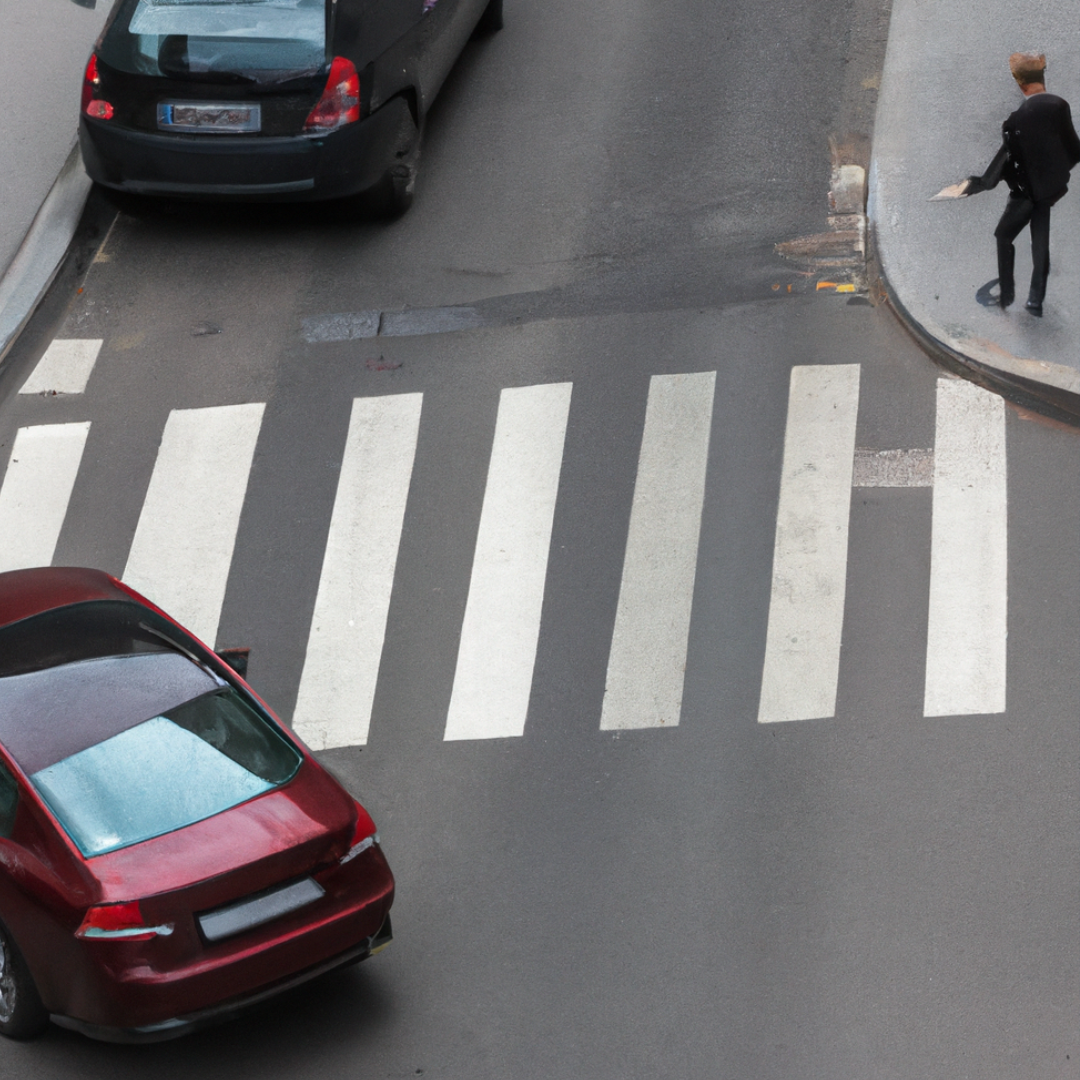The scene is familiar: a pedestrian stands at the edge of a crosswalk, patiently waiting for cars to stop and allow them to cross safely. But what truly prompts drivers to stop and give priority to pedestrians?
The Power of Eye Contact
Scientific literature reminds us that visual contact between pedestrians and drivers plays a crucial role in road safety. When pedestrians look drivers in the eye, it creates a non-verbal interaction. This can encourage drivers to stop more frequently. This simple exchange of glances can transform a potentially dangerous situation into a safer driving experience.
Studies have been conducted to closely examine the impact of pedestrians’ gaze on drivers. The results speak for themselves! When pedestrians look drivers in the eye, they’re more likely to stop and give way. This applies to both male and female drivers. It is particularly relevant in urban areas where pedestrian safety is a major concern. Pedestrians’ gaze goes beyond just having priority at crosswalks; it also plays a role in creating positive social interactions on the road. It can be perceived as an implicit signal to stop. In addition, it can help establish a positive impression of the pedestrian. This encourages better interaction between road users.
Pedestrian Smiles: How a Simple Smile Can Change Driver Behavior
The smile is a universal language of friendliness and kindness. It is proving to be a powerful tool for influencing driver behavior on the road. Studies examine in detail how smiling pedestrians can help improve road safety. These studies also explain that it can promote positive interactions between road users. We discover that pedestrians’ smiles can induce a sense of well-being in drivers. When a pedestrian smiles, it creates a positive atmosphere that can calm drivers. He encourages them to be more respectful and attentive. The smile acts as a catalyst for positive emotions. This gesture can encourage drivers to slow down and be more cautious at crosswalks.
For example, in France, where non-compliance with pedestrian right-of-way rules at crosswalks was a common issue during the studies, it was demonstrated that a smile could make a difference. Drivers are more inclined to stop and give way when pedestrians smile at them. Thus creating a safer road environment. Additionally, a smile seems to have an effect on drivers’ driving speed. Study results show that drivers slow down after receiving a smile from a pedestrian. This change in behavior can be attributed to the induction of a positive mood in drivers. This positivism encourages them to adopt a more cautious approach.
Other Factors Influencing Road Behavior
Driver behavior on our roads is influenced by many complex factors. Scientific writings on the subject highlight other key elements that can have a significant impact on how drivers react to pedestrians and road situations. Here is an exploration of these factors and their importance in road safety:
1.Rudebehaviour by drivers:
Driver behavior can also influence the behavior of other drivers and pedestrians. Text B mentions that rude and aggressive driver behavior can contribute to dangerous situations. Road incivilities can create an atmosphere of insecurity and worsen interactions on the road.
2. Road legislation and regulations:
Road laws and regulations are essential to establish clear standards of driving and define the rights and responsibilities of road users. Texts A, B, and C refer to laws that prioritize pedestrians at crosswalks. Non-compliance with these rules can result in severe penalties.
3. Local Road Culture:
The road culture of a region or country can have a significant impact on driver behavior. Social expectations and norms of conduct vary from place to place, influencing how drivers interact with pedestrians.
4. Emotional state of drivers:
The emotional state of drivers can play a major role in their behavior on the road. Stressed, angry, or distracted drivers are more likely to make mistakes and not react correctly to pedestrians.
5. Road environment:
The characteristics of the road environment, such as traffic density, road type and the presence of specific facilities like clearly visible crosswalks, influence the way drivers react to pedestrians.
In Conclusion: The Power of Visual Contact on the Road
In the end, research reminds us of the power of visual contact and smiles in our daily interactions on the road. As pedestrians, we have an active role to play in promoting road safety. Establishing visual contact with drivers and wearing a smile can contribute to more positive interactions and, hopefully, a safer road for everyone. However, these behaviors are not a magic solution since many other factors influence driver behavior. So, the next time you cross the street, remember that a simple visual encounter can make a difference for your safety as a pedestrian.
References
Ezzati Amini, R., Katrakazas, C., & Antoniou, C. (2019). Negotiation and decision-making for a pedestrian roadway crossing: A literature review. Sustainability, 11(23), 6713.
Guéguen, N., Meineri, S., & Eyssartier, C. (2015). A pedestrian’s stare and drivers’ stopping behavior: A field experiment at the pedestrian crossing. Safety science, 75, 87-89.
Gueguen, N., Eyssartier, C., & Meineri, S. (2016). A pedestrian’s smile and drivers’ behavior: When a smile increases careful driving. Journal of safety research, 56, 83-88.

